A Day Serving in Detroit
Once Upon a Time, the city of Detroit was considered to be the Paris of the Midwest.
Today, a more fitting name –
Table of Contents
The Forgotten City of America.
At Detroit’s peak, there were 2 million residents in the city. Today, there are only 700,000.
On this day, 12 NJ college students who were on a service trip during their Spring Break had the privilege of meeting three selfless individuals who offered another perspective to what had happened to their city:
“It’s not a poverty problem or a racism problem. It’s an urban development problem.”
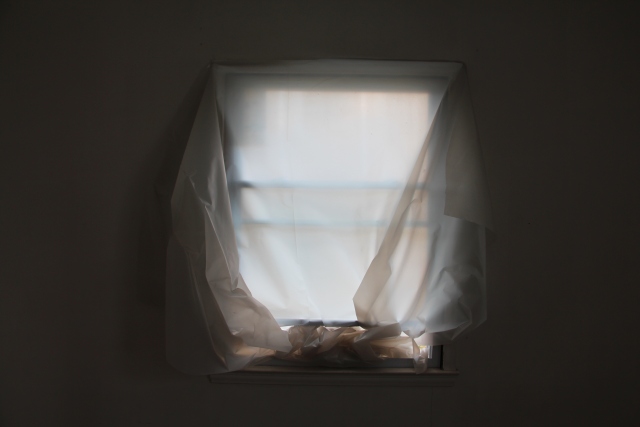
With this thinking, the Urban Development Corporation (UDC) was created by 3 loyal Detroitians:
Terrence, Vanessa, and Julius.
They decided to adopt a 9-block area within the Oakley Heights community of northeast Detroit. Since 2002, they have been creating community programs and renovating abandoned homes to create affordable housing that targets lower-income families.
Their model is built upon the premise that they can directly fight the blight that has plagued their city, restore a once-prosperous middle-class community, and encourage families to return home safely.
Today, we would be working with them to restore one of the abandoned homes.
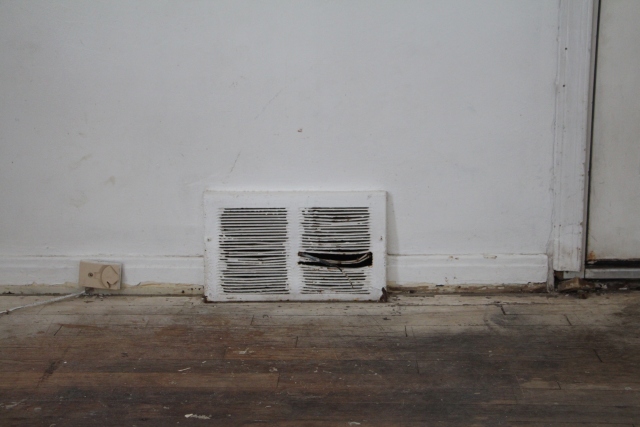
Terrence, an experienced volunteer, showed us around the house and explained what needed to be done. He kept us laughing the entire day with his humor and joyful personality.
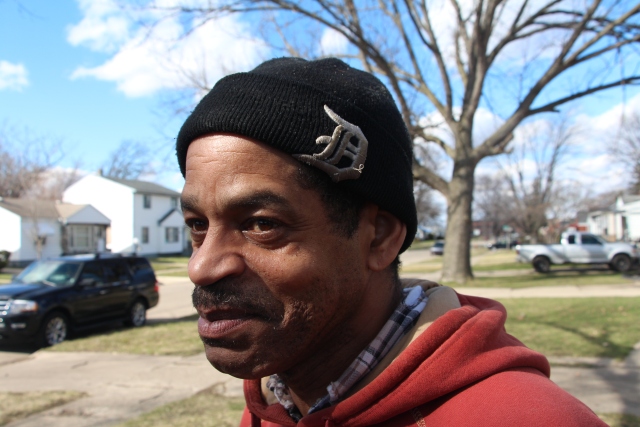
We removed staples and nails from the floors.
Wiped away the dust, cobwebs, and foul odor.
Uprooted kitchen tiles.
Scrubbed the walls. Twice.
At the end of our day, we left with a little more hope for such a desolate place.
We worked hard and learned so much from listening to their stories.
Julius kept emphasizing that the need for urban development is essential.
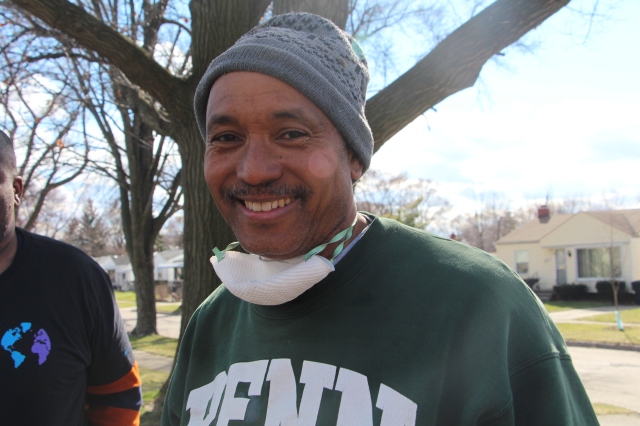
He stressed the importance of analyzing the problem from the urban development perspective. Julian described how moving 15-20 families with solid jobs into safe homes could significantly impact and enrich his community.
His approach tackled the issue from an economic and urban development standpoint rather than directly addressing the more controversial issues such as racism. Julius asked us to consider asking what ingredients created safe, prosperous, and healthy communities.
How do we appeal to politicians, citizens, and companies alike?
How can we encourage them to work together on this endeavor?
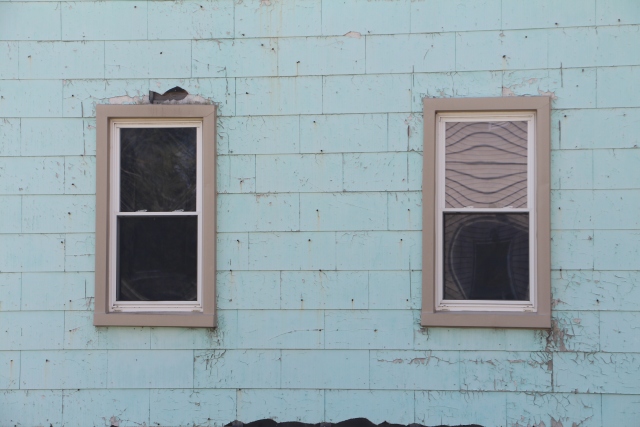
Curious about how UDC has been received by the community, I asked Julius if people in Oakley Heights were open to volunteering their time. I knew of many other many non-profit organizations that required their community members to invest their own “sweat equity.”
Sadly, Julius shook his head and said, “No”.
“People don’t want to help.
They’ve been hustling all of their lives for survival.
They ask, what are you gonna do for me? Are you going to pay me to volunteer?”
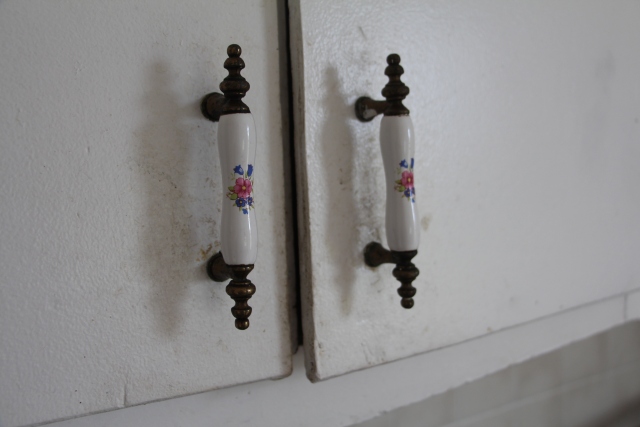
I also asked, “How do you pay for supplies and the entire renovation process?”
“We beg.”
Julius laughed because he was joking.
Well, only slightly.
Home Depot and Lowe’s has donated supplies, but the rest of the funds are raised by the three UDC members.
UDC attempted to reach out to the surrounding motor companies in Detroit. One might think that these corporations would embrace and invest in their surrounding community. Unfortunately, that is not the case. Just silence and an ennui of a blinders.
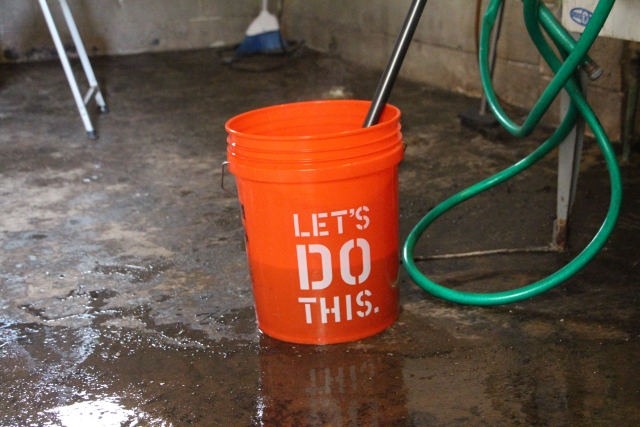
I was thoroughly impressed and humbled by their drive to get monetary support. I asked, “Who is your dream sponsor?”
“A Bill Gates kind of person! A wealthy individual. Not a corporation. Maybe someone with a connection to Detroit would be good too.”
For UDC, a corporation’s rules and regulations would limit their freedom. UDC’s independence allows them to advocate and pursue the causes with passionate.
For instance, recently, a recreation center was threatened to be closed down. Despite the politics, UDC went up against the Salvation Army and gained the support of the Detroit Lions quarterback, who donated millions of dollars to save their recreation center. Victory!

In addition to cleaning inside the house, Vanessa insisted that we step outside too.
She wanted to show us the 9-block area UDC had adopted.
“I want you to see the damage. If you’re looking for the feel-good moment of your service trip, this isn’t it.
I know you want to detach from this, but I want to show you how we have been forgotten.
I want to show you the blight we have to live with every day.”
We were deeply shocked with what we saw and confused as well. Here was one house with nice landscaping and freshly cut grass. But right next door was an empty, gutted out, and boarded up house. Looking down the street, houses were either fine or abandoned. There was no rhyme or reason to which houses were good or bad, it was all so seemingly random.
There was an extremely stark contrast in inequality.
It was black or white, with no gray in between.
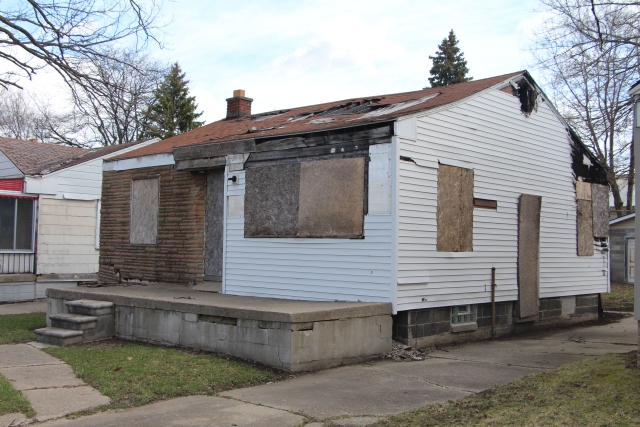
At one point, Vanessa waved hello to a neighbor, and asked for her perspective about the housing situation. Vanessa asked her, “What do you think you need?”
“I could use some soil.”
The neighbor explained she has been gardening at the abandoned house across the street to maintain it’s upkeep. It’s just something she has taken upon herself to brighten up her block.
Besides soil, the neighbor also referenced the significance of God in her life. God has provided her with a peace of mind. And hope.
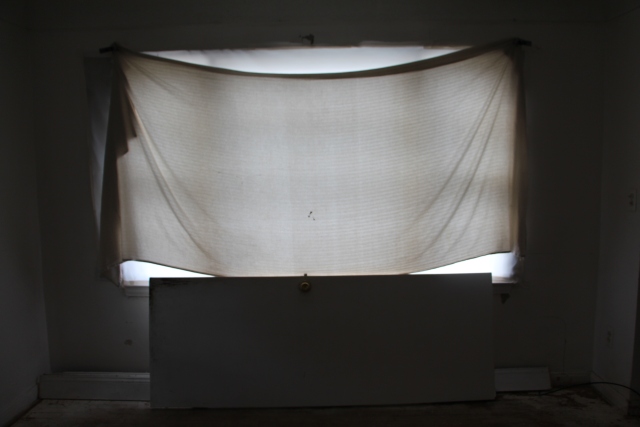
Vanessa not only spoke about the houses, but also painted a very holistic picture of her community.
She pointed out how participating in service such as feeding the homeless doesn’t speak to why someone has 5 kids, isn’t married, and is j-o-b-less.
She emphasized the significance of the infamous 8 Mile Road – a geographical divider between black and white neighbors. (8 Mile Road is also the title of the rapper Eminem’s 2002 album.)
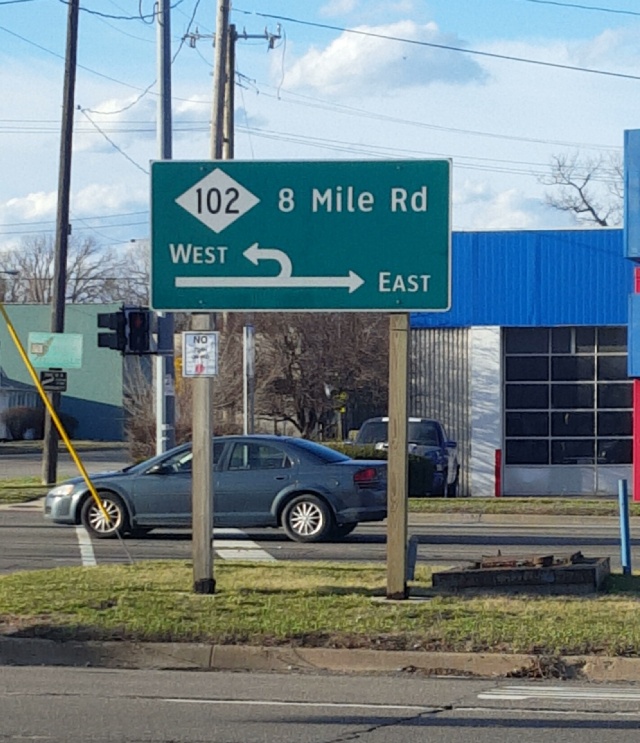
On one side of 8 Mile was the 9-block community that was overwhelmed by blight. The public school was closed. Young kids were roaming the streets in broad daylight. Shouldn’t they be in school?
Cross the street to the other side of 8 Mile, and you are in another town, Warren. Demographically, Warren and Detroit are the same. Their houses also share the same architecture and sizing.
But wait, there is a public school that has young children blissfully chasing each other in the playground!
And the blight… Where is the blight in Warren?
Vanessa turned to us and asked us to:
“Show me the broken glass. Show me the boarded up windows. Show me the abandoned houses and the houses burned down by fires.”
We couldn’t. Unlike Detroit, Warren didn’t have any of that. Something was not right. How could one road make such a big difference?
How could the name “Detroit” place a community at such a disadvantage?
She kept repeating that these neighborhoods used to be solid working class communities.
Solid working class communities.
“This whole 9-block neighborhood looked better 10 years ago.”

Today, all of the business establishments live in the affluent or suburban neighborhoods, not these inner city areas. She pointed out the marijuana clinics, gas stations, and liquor stores. Many of these establishments sell drugs. And while medical marijuana is legal in the state of Michigan,the marijuana clinics are only located in the inner-city areas of Detroit.
You will not find any marijuana clinics in downtown Detroit.
“It’s not that people wanted these things, they just don’t get what they want. In this area, you will always get a liquor store before a supermarket.”
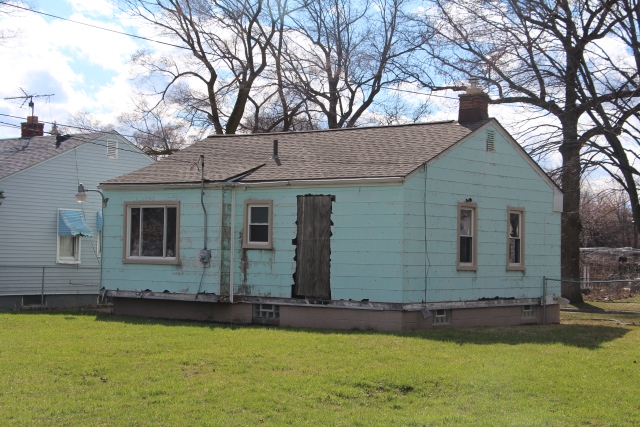
Vanessa infused more context to her story:
“I lost my job with the big motor companies (Chrysler and GM) when they went under. My mortgage was backed by Fannie Mae and Freddie Mac, who enabled homeowners at record numbers. In order for the bank to get their money bank, they started foreclosing homes.
I lost my house.
Fannie Mae forced families out of their homes. Why do the houses look like they were ransacked? Because people started stripping the houses.
The people did this.”
She mentioned and connected gentrification to Detroit as well. She reasoned that…
“When the government doesn’t have a plan, then the people will create a plan.
People will always create a plan and you don’t want that.
Just look at what happened with ISIS.”
Vanessa’s educated reasoning and worldly perspective shocked me because of my own personal ignorance. One student volunteer on our trip, confirmed Vanessa’s bold statement about ISIS. Having grown up in Pakistan, she possessed a strong grasp and understanding of her people, her culture, and the history of the Middle East region.
Vanessa’s connection between her own city’s blight with today’s current events was, indeed, valid.
She had been hurt. Her city had been hurt. And perhaps even worse, her city had been left behind. Forgotten.
We were all touched by Vanessa’s honesty and could empathize with her story. She really wanted us to understand her situation and we could all sense the hurt. She was not alone with this sentiment.
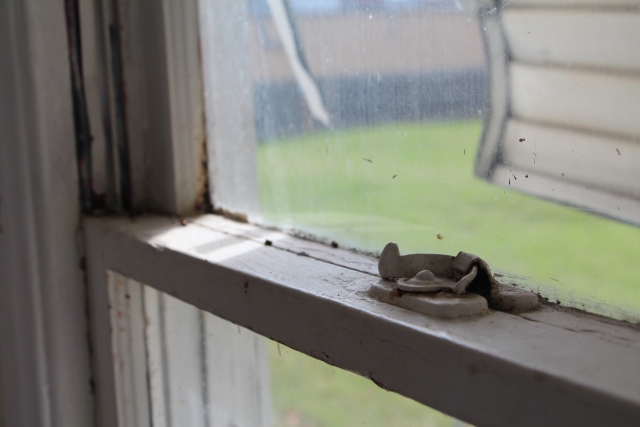
When she learned I was studying Industrial Engineering, Vanessa laughed about how much money I was going to be making as an engineer.
Since Industrial Engineers work at manufacturing plants, she quickly shifted towards the working conditions in the manufacturing plants of the local car companies. She said these corporations are all about profit. At the Ford Factory Rouge Tour, we learned that employees on the plant floor work 10 hours shifts with only two 25-minute breaks. Workers have unbearably long shifts and low wages.
Those long hours impact parents who are unable to spend time at home raising their children. But that, in it of itself, is a whole other can of worms.
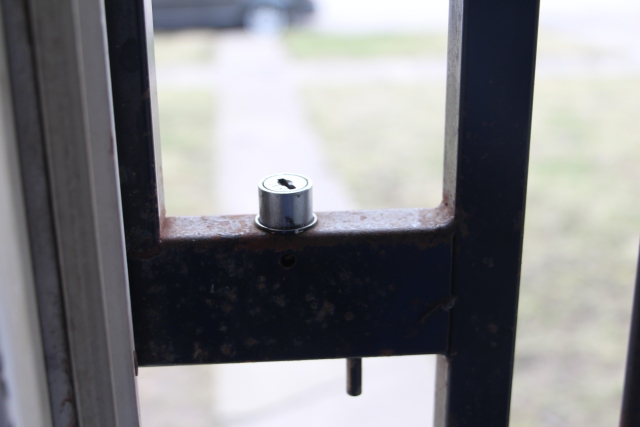
With immense pride, she explained the significance of this 9-block area.
“Why should people be concerned by this 9 block area?
Because the bread and butter is the working class.”
Vanessa challenged us with questions like…
“How do you bring stabilization and revitalization?
How do you get people to get up and want to go to work again?”
And mind you, she had no problem placing the responsibility on our shoulders.
“This is your problem, as young people. Not mine. I’m old.
We’ve had no movement, no true change, since the 1960s (referring to the 1967 Detroit riots).
Will you step up or are y’all going to take a beating?
What’s in you?”
At the end of the day, a handshake felt too formal and I felt compelled to hug them. Give them a tight squeeze. This particular day of service was powerful for many different reasons. I think we were all grateful to meet such resilient and inspiring people.
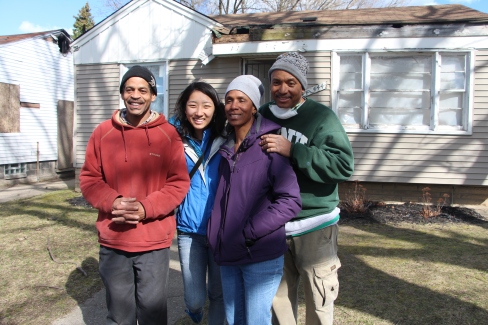
In contrast to the other people we had met in Detroit on our service trip,
the founders of UDC were very well-educated.
They were also not ignorant about their city or the world they lived in. They understood why their city had fallen. They could clearly articulate how it happened. They formed concrete and sensible ideas on how to make their city great again.
They showed us how they use their optimistic spirits and relentless drive to better their community every day.
And now, they were implementing their solution, one house, one fight, at a time.
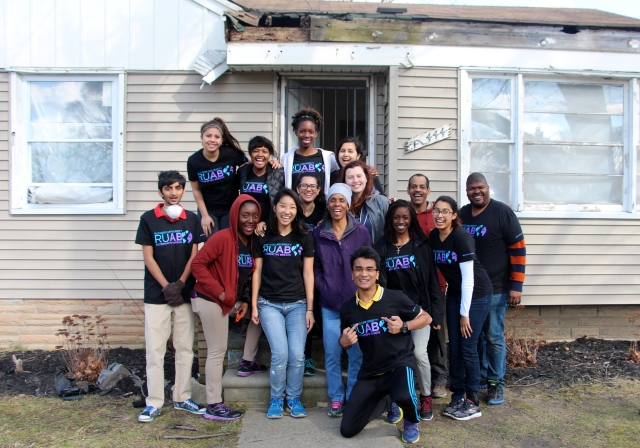
The spirit of UDC:
- Vanessa, Executive Director of UDC and proud Detroitian, beat the odds, pursued higher education, and receive her masters in chemistry. Creating UDC was her way of showing her gratitude. She nonchalantly added that she could’ve easily become a drug addict or prostitute. She was just one of the few who beat the odds.
- Julius, Community Development Liasion, doesn’t live in Oakley Heights, but sees the importance of serving the entire city of Detroit. He doesn’t discriminate when it comes to service. He studied philosophy in college. But his interest in politics, education, economics, and people is evidence that he has studied so much more. He is a student of life. Today, he skipped the training that he was supposed to attend at his full-time job, so that he could work with us. This was more important.
- Terrence, Volunteer, understands the value of fighting for his home, Detroit. Reflecting on his first encounter with UDC, he explained that, “I think they must have found me in one of these homes.” His expansive knowledge of home renovations empowers UDC with the tools to rebuild their city one house at a time. “What does Detroit mean to me? Ha, well, it’s my home. Detroit means the world to me.”



